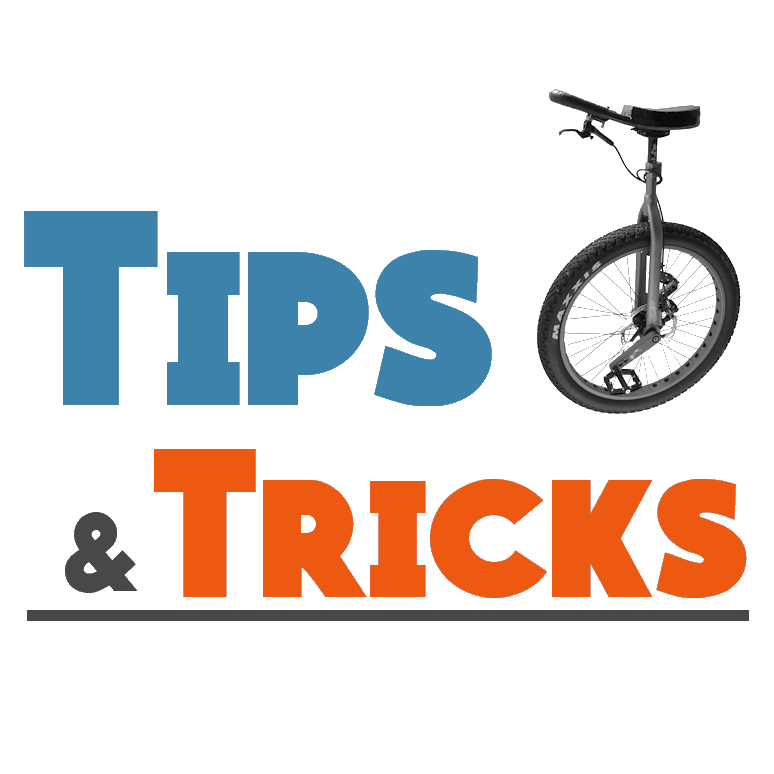Wheelbuilding: how to tension a wheel
In regards to wheel building, especially with 19-inch wheels with short spokes, a spoke tensioner does not mean the best wheel build. It is better to have a good spoke wrench (adjuster).
*Note that if the rim without the spokes was not straight, there are two ways to build the wheel. The first is to force the straight shape, which means the wheel will have different tensions on the spokes, but will ride smoothly. This is important for racing and road riding, because a round wheel is what matters the most. However, for 19-inch and Muni, where the wheel is being used for jumping and landing, and is prone to crashing, the robustness is the most important thing. Therefore, with
wide rims (40-46mm), even tension is more important than a perfect true. In this case you can modify the shape a little, but do not force too much to correct it.
wheel Tensioning Instructions
After you have laced a wheel, be sure that all of the spokes are threaded the same amount into the nipples. A good way to judge this is to have 1 thread visible outside of each nipple.
The next step is to then apply a certain number of half turns with the spoke wrench to ALL nipples. The number of half turns depends on the length spoke; 4-6 is generally the amount for 176mm spokes and 19” rims.
The next step is to check if the rim is straight or not (side to side wobble). Corrections to the wheel will only work if the spokes have enough tension. If the spokes are still loose at this point, apply a few more half turns. If the spokes at this point are tight, then you can apply a second round of 1 to 2 half turns. In this round you are looking for spokes that are not the same tension as the others for some reason. When/If you come across a loose spoke, simply apply more half turns (usually 1 to 6) until the tension is approximately the same as the others.
How hard it is to turn the wrench with two fingers is accurate enough information to determine the tension is the same as the other spokes; if there is doubt in your mind, a little less is better than a little more. At the end of this second round the spokes are close to the final tension.
Now is the time to check and adjust the rim accordingly
When adjusting the wheel, only add tension to spokes, never take off tension. You have to work on multiple spokes, not just tightening one. When you find a deviation (where the rim bends out), go to the middle spoke and find the closest spoke on the side of the rim you need to pull in. Apply one quarter or half turn to that spoke. Then apply turns to the two closest spokes on
either side of the center spoke on the same side of the rim, but only use half of the amount of turns as the middle spoke. If the deviation is large, use two spokes as middle spokes and adjust these two as well as two outside spokes (4 spokes total). When the rim is okay, apply the last round to all spokes (1/4 turn) to insure all spokes are approximately the same tension.
by Marco Vitale written by Kyle Alviani

